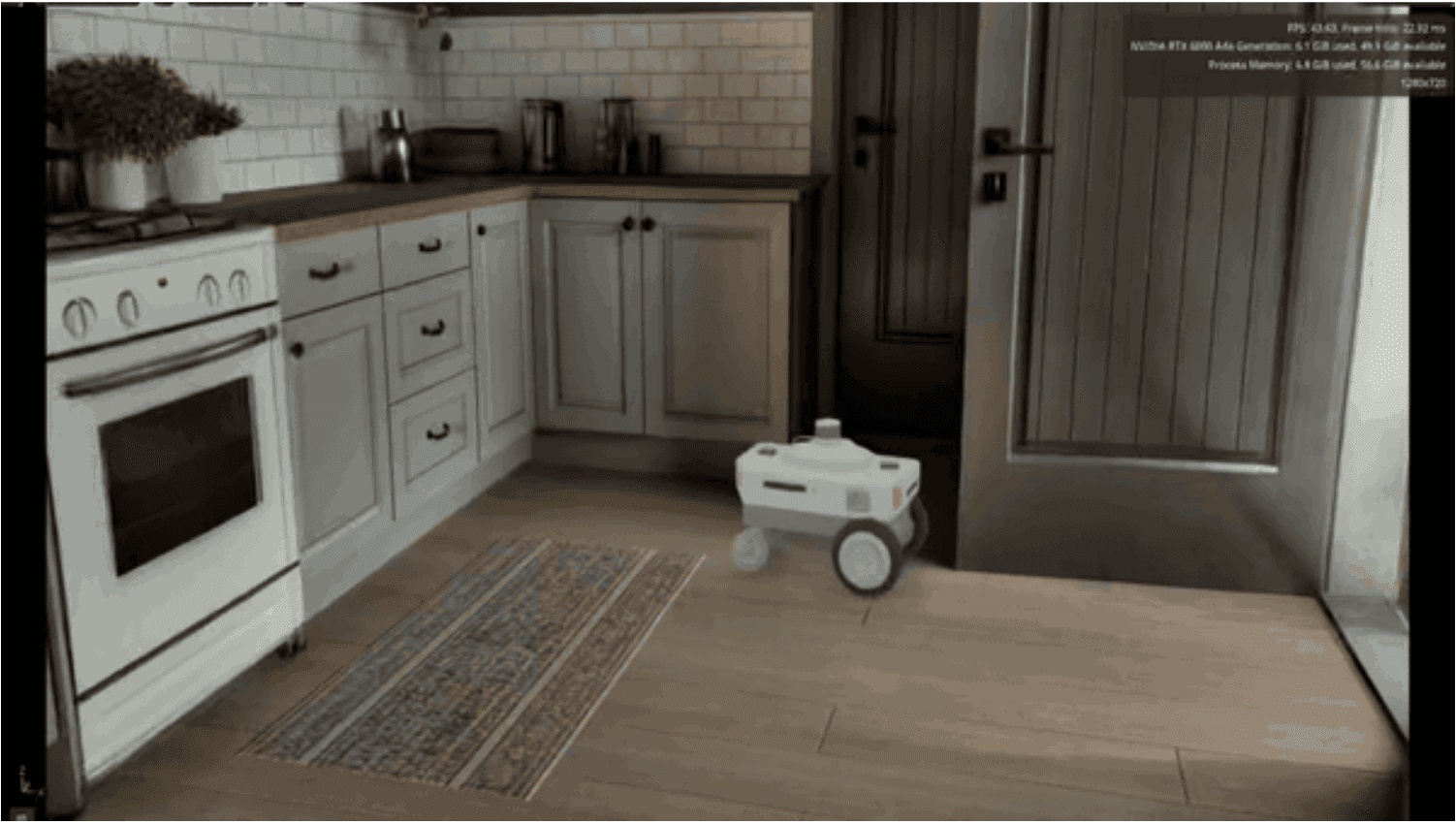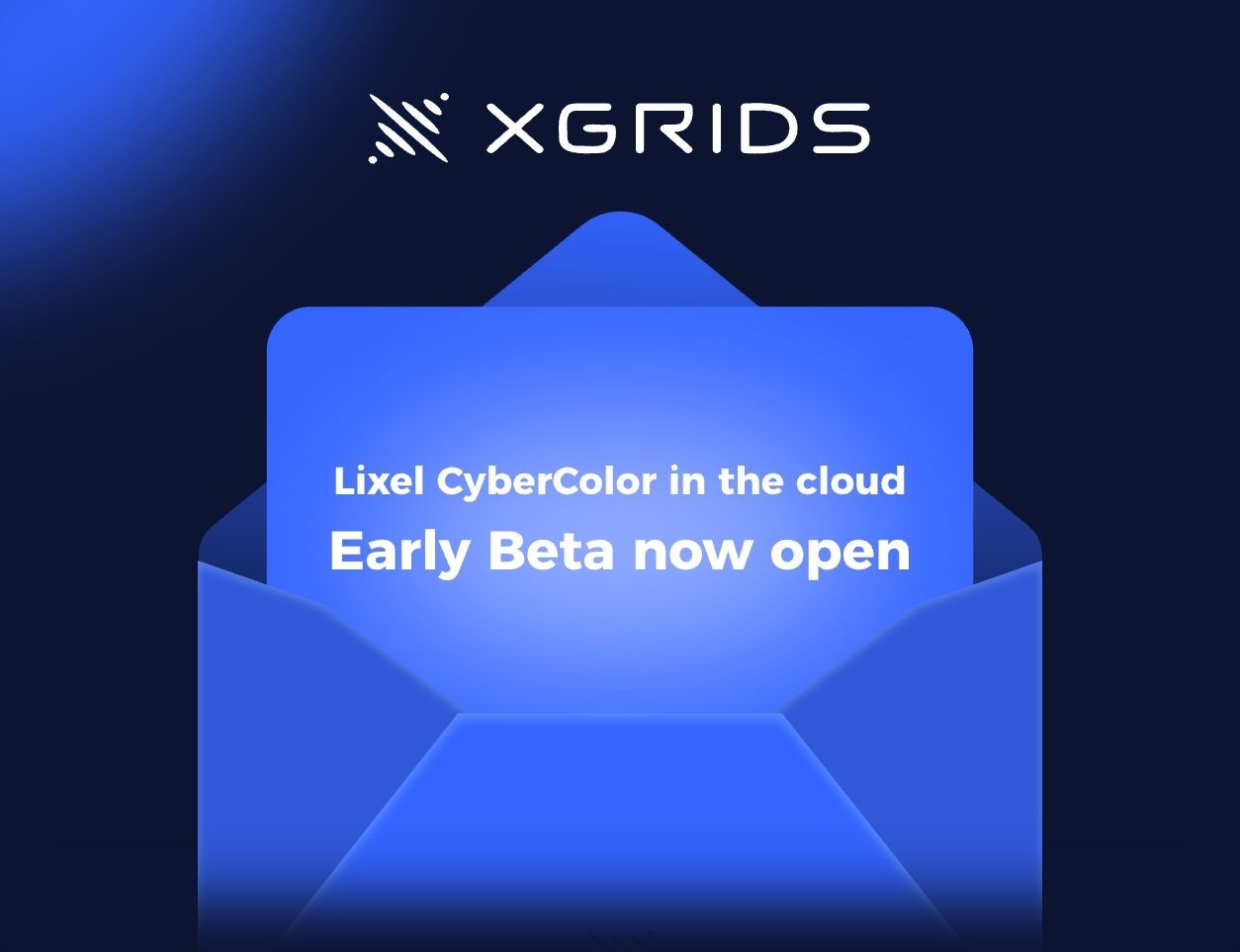

Michael Rubloff
Jun 17, 2025
RealityScan, Epic Games’s newly rebranded photogrammetry platform, has officially launched its 2.0 release, moving out of beta and signaling a major step forward for the tool formerly known as RealityCapture. While the name may be different, RealityScan continues to sit at the center of many production pipelines, especially for teams working in Structure from Motion (SfM) and radiance field reconstruction methods such as gaussian splatting.
The rebrand itself was first announced at UnrealFest in Orlando, where Epic confirmed that RealityCapture would now live fully under the RealityScan name. The RealityScan family will include both the full featured desktop platform and RealityScan Mobile, a more accessible capture tool focused on quick, textured model generation.
With the 2.0 release now officially available, RealityScan brings a range of new features that continue to reduce friction across photogrammetry and radiance field workflows.
One of the most impactful changes is a smarter alignment system, which now defaults to a higher quality feature detection mode. Camera alignments are tighter, fragmented components are reduced, and pose accuracy is improved across full datasets. For Gaussian Splatting, these improvements pay immediate dividends. More stable camera poses mean fewer ghosting artifacts, less pruning, and far more efficient training runs. RealityScan 2.0 also adds GPU acceleration to the alignment process, helping to speed up large solves while still retaining CPU fallback for systems that require it.
Another major addition is the new AI based masking system. For object or turntable scans, where background separation is often tedious and error-prone, RealityScan’s built in segmentation model makes it possible to generate clean foreground masks entirely within the app. Users can adjust masks directly without having to roundtrip through external editors. The RealityScan team recommends using GPUs with at least 10GB of VRAM to fully benefit from the AI masking acceleration.
RealityScan 2.0 also brings forward its new Quality Analysis Mode, giving users real-time visual feedback on their capture coverage. Sparse point clouds and meshes are overlaid with intuitive green to red color maps, highlighting areas that may need additional coverage before committing to full mesh generation or radiance field training. The color analysis can also be baked into textures for fast review and iteration.
A particularly notable addition for larger scale projects is the fully integrated support for aerial LiDAR ingestion. Users can now directly import unordered point clouds from drone flights, including LAS, LAZ, and E57 formats, and generate virtual camera positions based on GNSS/IMU data or custom grid layouts. For radiance field pipelines, this enables hybrid workflows where high accuracy LiDAR data can be fused with color detail captured via Gaussian Splatting, producing highly detailed, structurally accurate reconstructions. RealityScan 2.0 also supports ingestion of XGRIDS data, enabling seamless integration with hardware manufacturers for complex exterior reconstructions that fuse aerial and terrestrial lidar with photogrammetry.
Since April of last year, RealityScan has remained free to use for individuals or companies operating below Epic’s revenue threshold, making the platform highly accessible for small teams, researchers, and independent creators entering radiance field workflows.
With 2.0 now fully released and publicly available on the Epic Games Launcher, RealityScan continues to cement itself as one of the most capable reconstruction platforms in the space and an increasingly central tool for anyone working in gaussian splatting, or large scale photogrammetry.
You can download RealityScan 2.0 directly from the Epic Games Launcher today.






